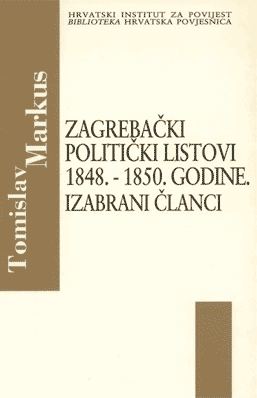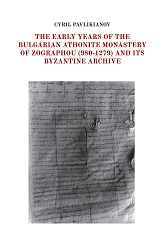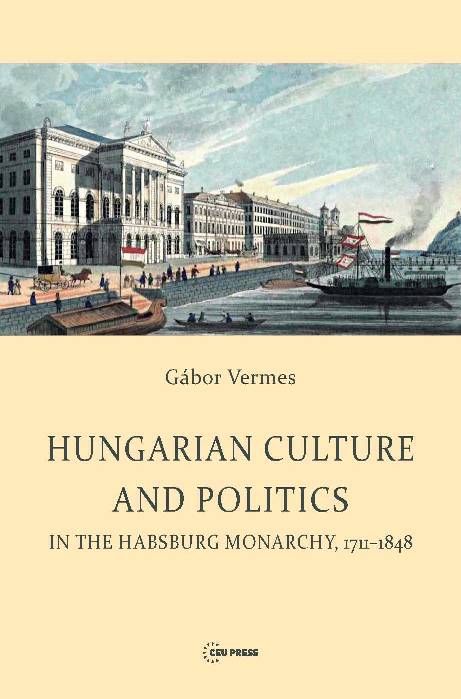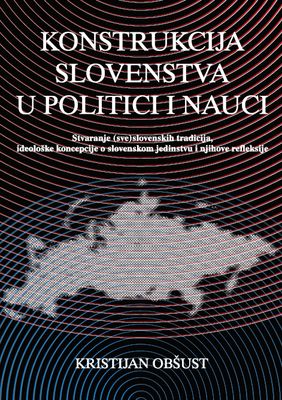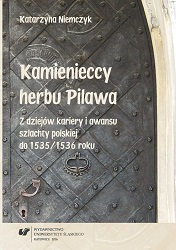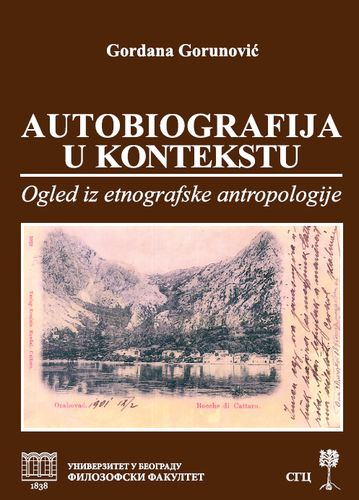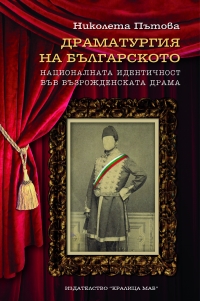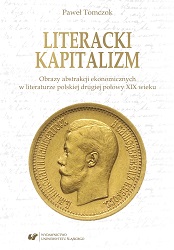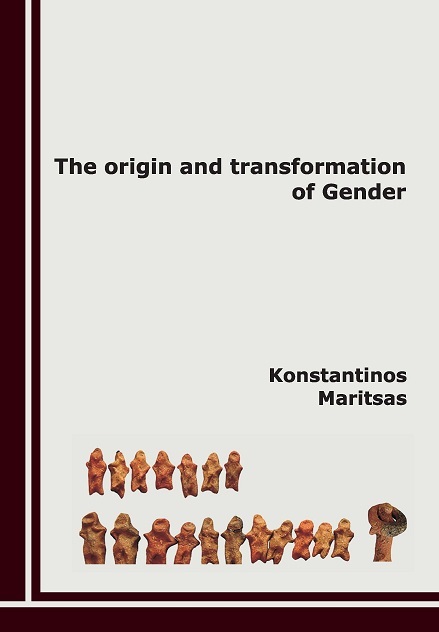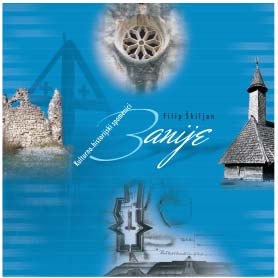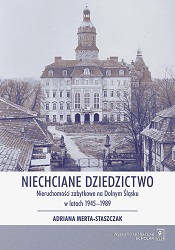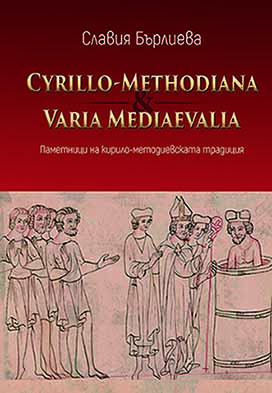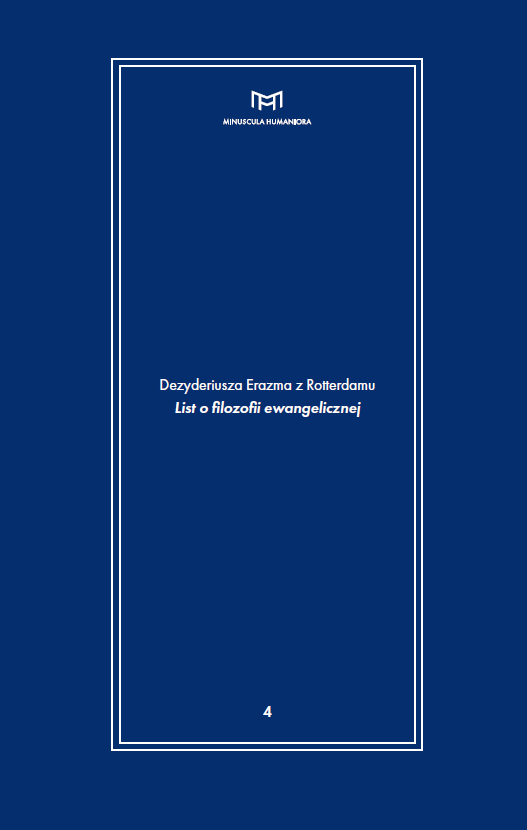Author(s): Katarzyna Niemczyk-Wiśniewska / Language(s): Polish
The book entitled “The Kamieniecki family, bearers of the Pilawa coat of arms. The history of the career and advancement of the Polish nobility until 1535 / 1536” is devoted to the Kamieniecki family – Polish magnates of the late medieval period and the early modern period. The author presents the path of their career, the journey to the top both in the political as well as economic sense.
The progenitor of the Kamieniecki family was Klemens of Moskorzew, bearer of the Pilawa coat of arms (late 14th century). He was descended from petty nobility whose influence was small at that time. However, owing to the work in the chancery of Spytek of Melsztyn, whose support was courted by King Władysław Jagiełło, they built their own faction and paved the way to a career in the royal chancery. As a deputy chancellor of the treasury and a staunch supporter of the Polish ruler he received many grants. He received the Dobczyce demesne and Kamieniec, which soon became the heart of the estate of the descendants of Moskorzewski and who hence came to call themselves Kamieniecki, as a token of the appreciation for the defence of Wilno against army of the Teutonic Knights.
However, the son of Klemens, Marcin, followed a different path. He distanced himself from the Jagiellonians and, as a consequence of his refusal to participate in the Turkish expedition, the Dobczyce demesne was confiscated from him. It was only thanks to the intercession of high-ranking noblemen (probably Piotr Szafraniec, his father-in-law) and thanks to the fondness felt by Jagiełło toward Marcin’s father that he was allowed to keep Kamieniec. Marcin Kamieniecki’s policy brought about a profound crisis of the family which it managed to overcome (and return to the glory of the Moskorzewski period) only after almost fifty years. This difficult path was began by Marcin’s brother, Piotr. He returned to the thing owing to which the Kamieniecki built their position, that is to the collaboration with the ruling dynasty. He participated in the confederation of Spytek of Melsztyn, and above all he supported Władysław Warneńczyk during his stay in Hungary and two expeditions against Turkey. Piotr’s efforts resulted in the reclamation of Dobczyce. This was a token of the appreciation for his assistance in Hungary.
Piotr’s brother, Henryk, also contributed to the restoration of the position of the Kamieniecki family but he devoted himself to the reconstruction of the estate which declined during Marcin’s time. Despite the fact that his engagement in politics was marginal, it was even in these isolated cases that he supported the Jagiellonians. As a result of this he received the Sanok castellany from the king. Therefore Piotr and Henryk laid the foundation on which the position of the family could be built by the sons of Henryk, and the latter were successful at it. It is the last generation of the Kamieniecki family which is presented in this book – the brothers: Mikołaj, Jan, Marcin, Henryk – achieved the greatest success by not only making reference to the glory that the family enjoyed during the time of Klemens Moskorzewski but by surpassing these achievements. Mikołaj Kamieniecki was promoted to the rank of one of the most trusted people of the subsequent rulers: Jan Olbracht, Aleksander, Zygmunt Stary. In 1503, for the first time in Polish history, he was nominated a crown hetman. He became famous by engaging in numerous skirmishes with Moldovans and especially by the successful expeditions to Pokucie in the years 1506 and 1509. Mikołaj’s brothers followed in his footsteps and made a career in the military. Jan became a captain of horse, whereas Marcin held the office of a vicecampiductor, which corresponded with the role of a field marshal. Henryk, who also made a military career, perished during the Battle of Wiśniowiec in 1494.
The Kamieniecki family played a significant role in the foreign policy of the Polish state, especially in the policy associated with Hungary and Moldavia. The latter policy was engaged especially by the “last” generation of the Kamieniecki family, which was to a great extent a result of the offices that they held, that is the offices of the “field” marshal and the grand crown hetman, and the political situation of the country at that time. One should also emphasise the significant engagement of Klemens of Moskorzew in the issues associated with the Teutonic Knights. He made a name for himself not only by his defence of Wilno against the army of the Teutonic Knights who supported Witold but also by his participation in the negotiations with the Order of the Teutonic Knights and the signing of a peace treaty in Raciążek.
The development of the estate of the Kamieniecki family was strictly associated with the status of the family and during the course of a hundred years this status oscillated in a sinusoidal manner. For whereas Klemens of Moskorzew, owing to his work in the chancery and the merit that he earned during his stay in Wilno, managed to build up a considerable estate consisting of the Dobczyce demesne, the Kamieniec demesne and a number of houses in Kraków, his son Marcin, who entered the path of conflict with the monarch, betrayed him almost completely. Only the subsequent generations made an effort to rebuild the lost estates. A special role in the expansion of the estates by the “last” generation of the Kamieniecki family was played by the awards which were presented to them for valour in combat and the merit demonstrated on the fields of battle. As Marcin Kamieniecki held the office of a “field” marshal, and Jan was captain of horse of the permanent defence, these grants concentrated especially in Ruthenia. Therefore the new centre of the estate was established near Załoźce in Podolia and it was there that the economic interest of the family was concentrated throughout the course of the subsequent centuries. However, the royal grants in that region were not the only reason for such a turn of events. Due to the constant borrowing of money from the Boner family, a well-known family of bankers, the debt that the Kamieniecki incurred from this family forced Marcin first to sell Książ Wielki and then to hand over the Kamieniec castle. Thus the Kamieniecki lost the heart of their estate. Therefore just as the acquisition of Kamieniec by Moskorzewski became a symbolic “beginning” of the Kamieniecki family, this economic incident – the loss of the castle – in a way closes and highlights this chapter of the history of the Kamieniecki which was described in the present dissertation.
More...


